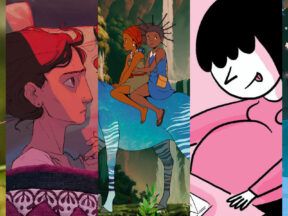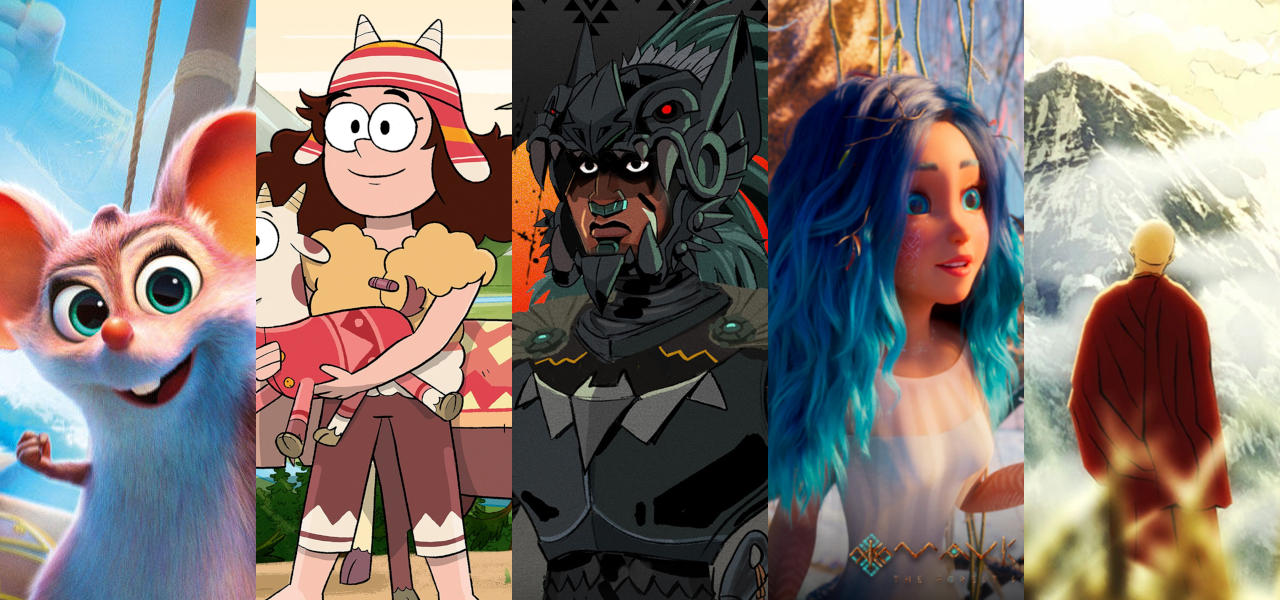
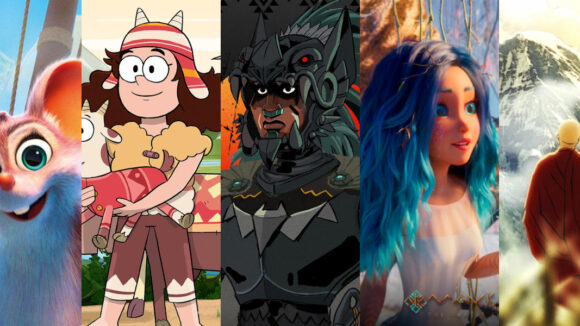
Independent Animation Producers Share Tips On Surviving And Thriving In An Increasingly Global Industry
With popular IP productions dominating box offices and tv ratings, surviving as an indie studio is as difficult now as it has ever been.
There is no guideline for survival in the industry and in most cases, there are no government policies to fall back on if consecutive projects don’t find their audience. Being an indie studio means either trying to establish a niche and hoping that the market finds its way to it, or studying market trends and chasing popular modes of storytelling.
With no one recipe for indie studio success out there, the Annecy Festival bringing together five representatives from global indie studios to discuss their techniques for survival was significant. Sharing their insights were Jose Carlos Garcia de Letona of Ánima Estudios in Mexico, Carlo Stella from Italy’s Mad Entertainment, Lindsey Adams from Ireland’s Daily Madness Productions, Jean-Françoise Tosti of Tat Productions in France, and Iryna Kostyuk from Ukraine’s Film.ua.
Each studio had a different approach to the modern market and shared numerous blueprints for aspiring studios to emulate or combine. Kicking things off, Tosti explained that at TAT, “We look for a family audience, not just kids. We aim for the entire family.” The distinction is essential, he argued, and too often the two audiences are conflated. Family and children’s entertainment can take on entirely different tones, and TAT aims to be a staple of family movie nights.
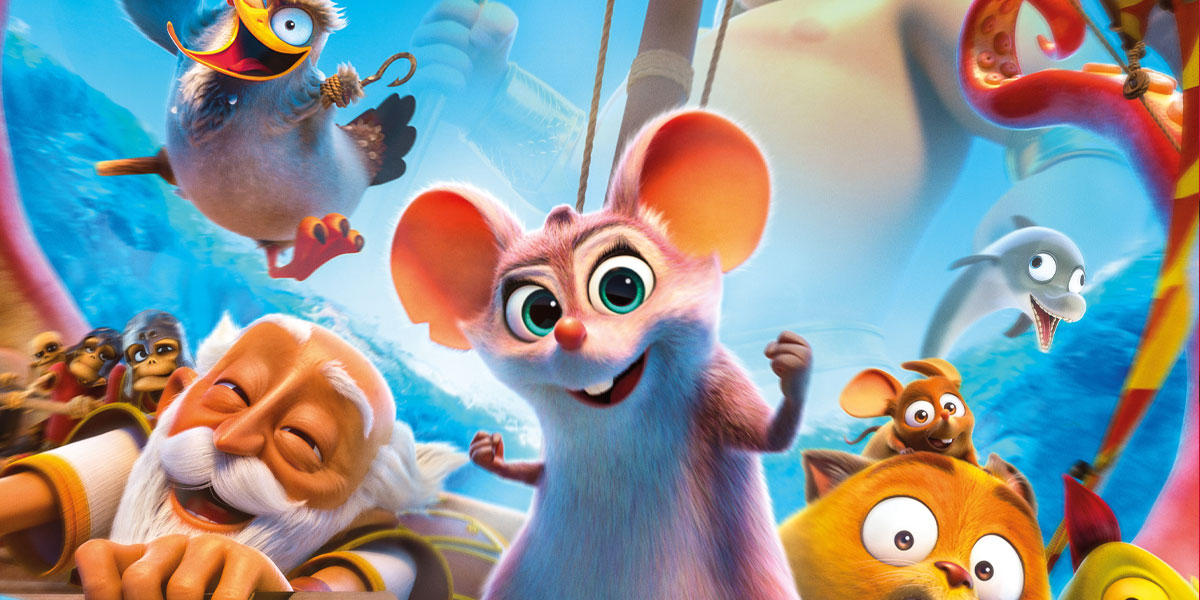
TAT look to develop its own ideas, rather than licensing IPs, and are completely independent in rolling its films out. “We invest a lot of our own money at the beginning [of a project], unsure if we’re going to make it back,” Tosti explained. “We go anyway.” This approach requires some flexibility. TAT is constantly shifting and evaluating the potential success of its projects, leaving room to either expand or reel a project in based on its predictions. It is a risky strategy founded on heavy market research and studying where the market may be going rather than emulating what is popular in the moment.
Tv productions are the main focus at Daily Madness Productions, which hopes to expand into features eventually. In order to expand and raise the quality of the product more generally, a studio needs to acquire talent. The methods employed by Daily Madness require an ear close to the ground. “We love animation a lot, but not necessarily the industry infrastructure,” said Adams. “We try to pick up talent who have been left behind by other studios and try to amplify unrepresented voices.”
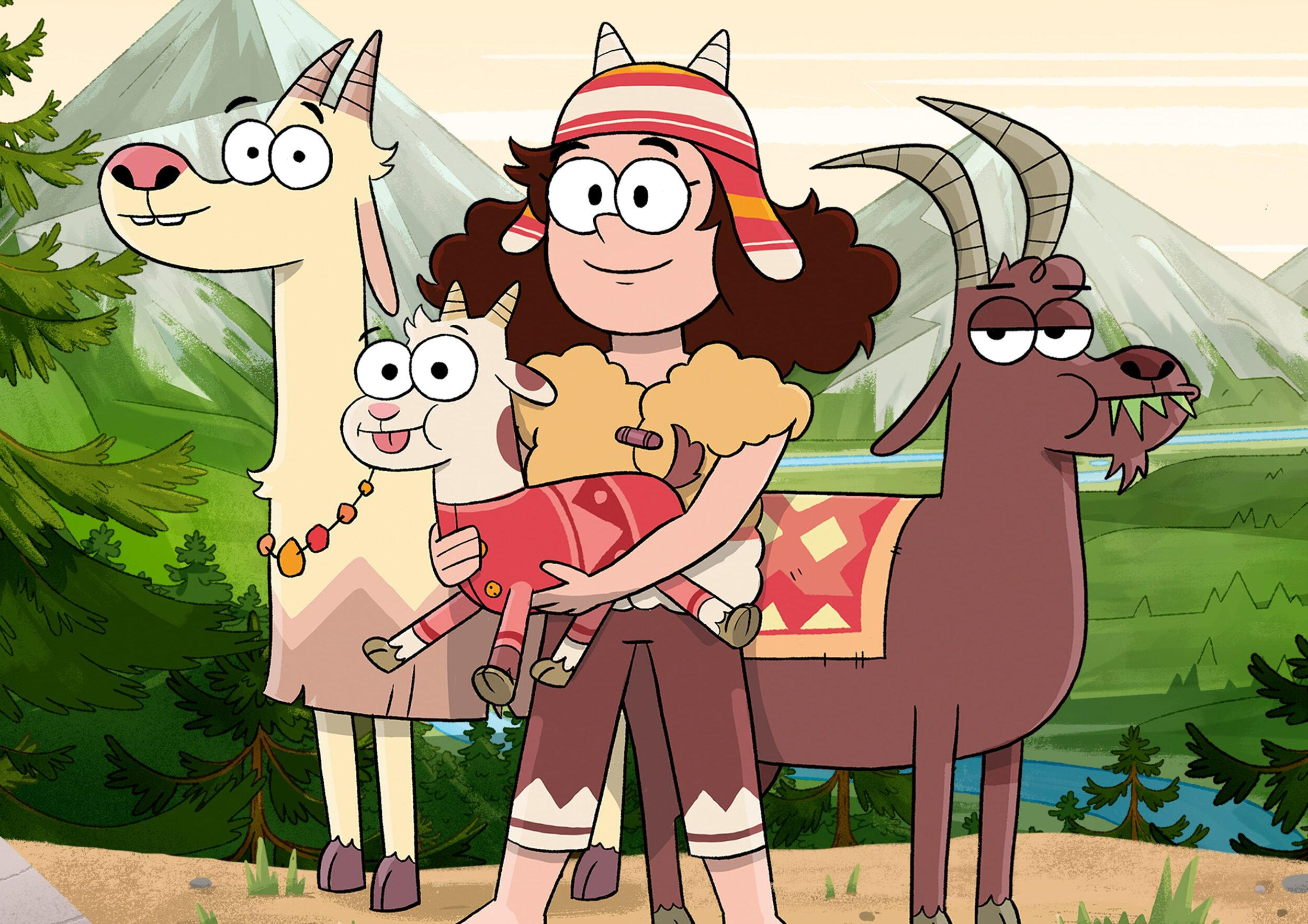
Much of the work done by Daily Madness is service work, helping other studios realize their visions while providing extra funding for its own projects.
Ánima in Mexico takes an alternative approach to engage audiences outside of traditional features or tv shows. Having started out making content for young adults, Ánima shifted its focus to kids’ tv, starting various Youtube channels for distribution. With around 40 million subscribers across its channels, the experiment has been successful.
“For those who watch the show on the air, there is additional content on Youtube. For those who find the show on Youtube, there is additional content on the air,” explained de Letona. Original IP can be developed for two audiences simultaneously, strengthening the brand. Targeting children with short-form content in the modern day automatically means that Youtube must be part of any distribution plans.
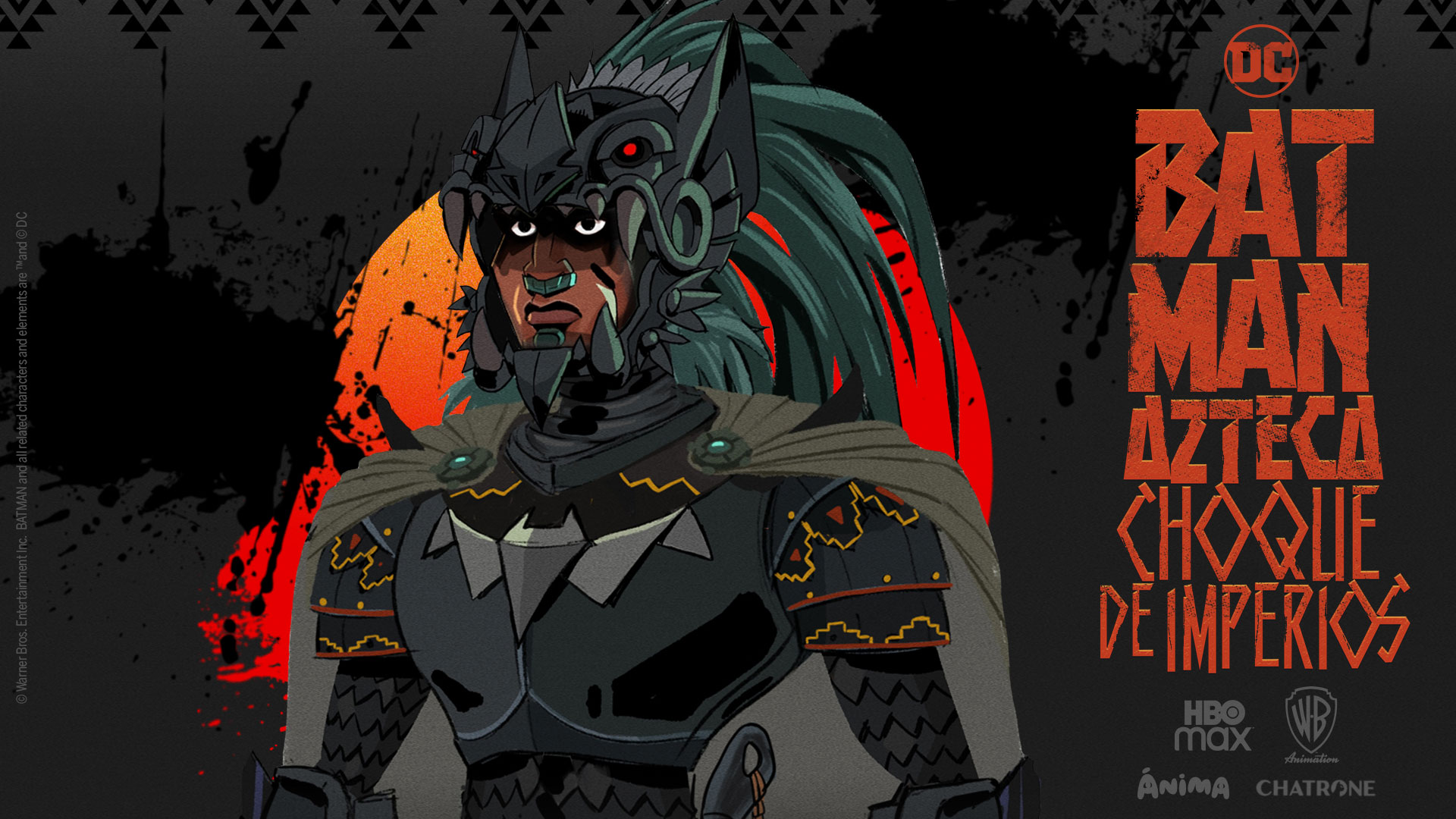
Original IP is not all that Ánima does, however. Anima is working on Batman Azteca, having licensed the property to put a local twist on the Caped Crusader. Licensing provides an alternative route for indie studios to gain popularity, but such licenses can be difficult to attain with many rights owners being overprotective with their property or opting for larger studios to interpret their characters.
Bigger productions for Ánima are achieved through co-productions with other, often foreign, studios. De Letona described co-productions as “extremely valuable to making unique projects.” A larger budget allows you to push the visuals and storytelling further, resulting in a more expansive portfolio for the studio.
Co-productions aren’t always the smartest move, as Iryna Kostyuk of UA Group found. Thew studio’s latest film, Mavka. The Forest Song has become the highest-grossing Ukrainian film of all time and was nearly a co-production.
“After a year of negotiations we had five offers,” Kostyuk explained. “When you do a co-production, you have to do some production in that country. We calculated the costs and the co-production actually made it more expensive.” Balancing the scale of a project and the financial future of your company is a continual battle for indie studios. Kostyuk and UA bet on themselves through a pandemic and the Russian invasion, coming out with something revolutionary for the Ukrainian box office.
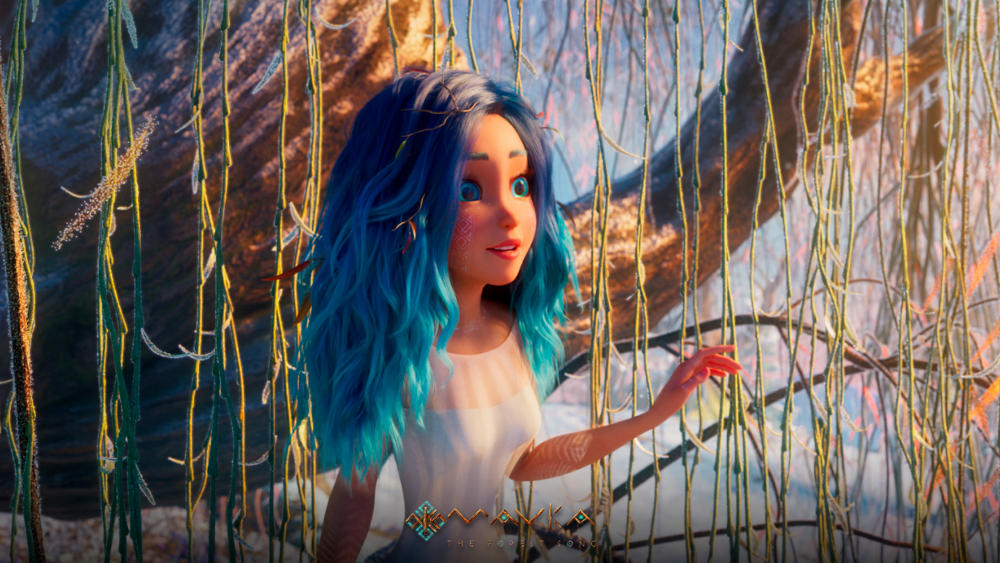
Regional specificity is another characteristic of a studio that can manifest as a characteristic of its work. Telling local stories is close to the heart of Carlos Stella of Mad Entertainment who sees it as an opportunity to use film to communicate the unique Italian lifestyle. “All the stories we want to tell come from our territory,” was Stella’s mission statement for Mad Entertainment. He cited Studio Ghibli’s methods of storytelling and how universal principles are applied to very specific Japanese locations and characters. Stella looks to follow in the footsteps of how Ghibli “brought Japanese culture across the world,” applying that philosophy to Italian culture.
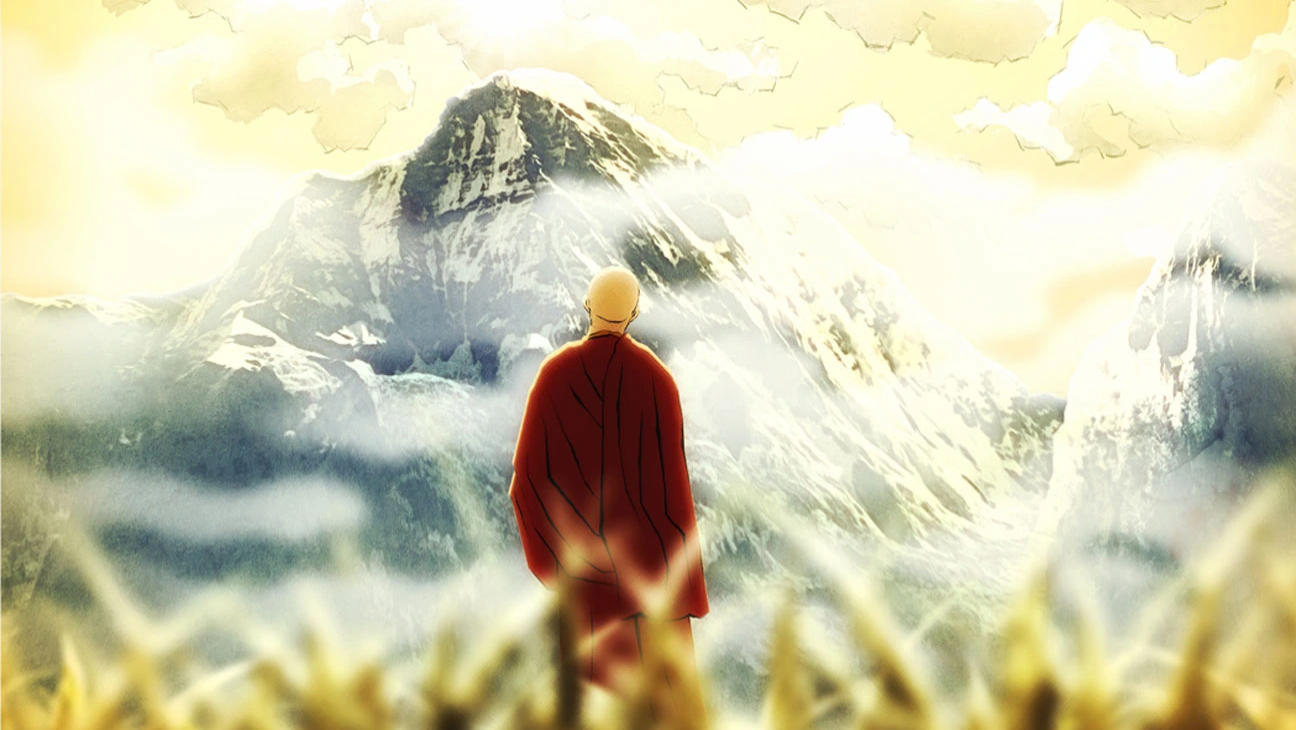
Telling a localized story automatically means swimming against the tide of the mainstream idea of all elements of a film appealing to all possible audience members. Stella embraced this idea of rejecting four-quadrant storytelling, saying, “Independence is a great opportunity for the market to have something radical.”
Independent animation is necessary for the market to be interesting. Those existing outside the sphere of big-budget crowd-pleasers can add variety and take risks. However, in the current industry, risks can only be made upon the most solid of foundations which are hard to come by. There is no set path, but embracing your local region, service work, providing a home for unrepresented talent, and betting on the stories you want to tell is a good place to start.
Pictured at top: Epic Tales, Goat Girl, Batman Azteca: Choque De Imperios, Mavka. The Forest Song, The Art of Happiness

.png)



